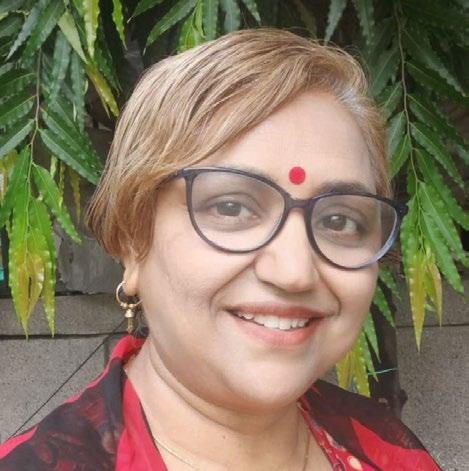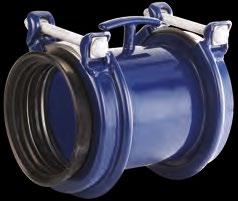
2 minute read
How Asia Is Tackling Water Scarcity & Improving Water Quality
Written By | DARBY BONNER
One way Asia is tackling water scarcity is through the reuse of wastewater. By treating and reusing wastewater, countries like Singapore have been able to significantly reduce their reliance on traditional freshwater sources. Singapore's NEWater initiative, for example, treats wastewater using advanced purification technologies to produce high-quality drinking water. This innovative approach has not only helped to alleviate water shortages but also reduced the city-state's vulnerability to climate change and drought.
Advertisement
In India, NGOs like "Paani Foundation" have been working to revive traditional methods of rainwater harvesting. By building watershed structures from ridge to valley in villages, rainwater is slowed down, retained and detained thus allowing the rainwater to percolate into the aquifers and restore the groundwater levels.

Recycling is another key strategy being employed in Asia to enhance water quality and treatment. For example, water recycling techniques such as greywater recycling are being implemented in many Asian countries to treat and reuse water from domestic sources such as homes and offices for non-potable purposes like flushing toilets and irrigation.
Countries like China and Saudi Arabia have invested heavily in desalination plants to convert seawater into quality drinking water for domestic and commercial use. These plants utilise advanced technologies such as reverse osmosis to remove salts and impurities from seawater. While desalination can be energy-intensive and expensive, advancements in technology are making the process more efficient and cost-effective.
As a result, desalination is becoming an increasingly viable option for countries facing severe water shortages.



An Exclusive Interview With Bhakti Devi, On the Potential for Community-Led Decentralised Onsite Water Systems in India
To learn more about Asia’s water security challenges, we spoke to Bhakti Devi, Founder and CEO of the water start-up NGO Jalsmruti, which is founded on the back of her 30 years of experience in implementing community scale and community-led water conservation solutions. Jalsmruti is on a mission to make communities water-positive by empowering communities to take care of their own water through community-driven decentralised water conservation systems.
In India, like all around the world, the supply and distribution of water is traditionally a governmentcontrolled service. Hence, it is a paradigm shift for both water utilities and communities to implement community-owned water systems.
Due to uncontrolled and fast pace growth, cities and towns in India are inevitably lagging behind in their planning and implementation of upgraded centralised water and sanitation infrastructure. Consequently, there is no legacy infrastructure in new growth areas. This provides a unique opportunity to implement innovative community-led water systems in new growth areas. Thanks to several technology innovations by new startups solving this challenge, there is also opportunity to retrofit decentralised water conservation solutions to existing building facilities that are operational.
Decentralised water systems source water and treat used water close to the population they serve, making it easy for the community to own and take responsibility for the system.
Jalsmruti is focused on building the capacity of the community to adopt decentralised water and sanitation services in large numbers; by increasing awareness about their power to solve their own water and sanitation challenges by hand holding them and providing necessary tools and guidance.
You can visit jalsmruti.org to learn more about their programs.











